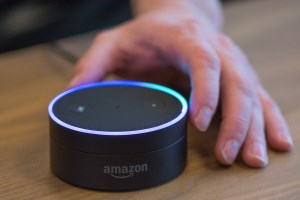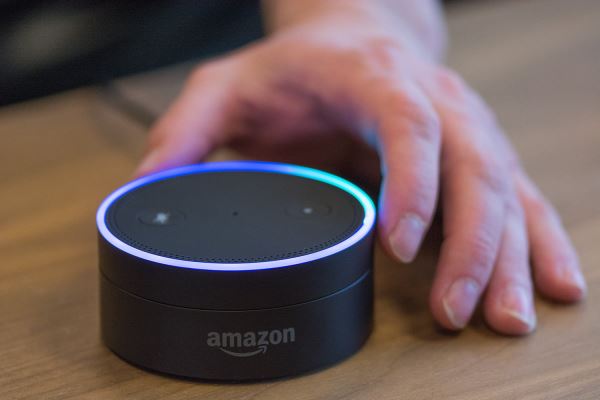Apple’s Siri, Amazon’s Echo, and Google Home are just three examples of consumer-facing voice-driven technologies that have captured the imaginations of nations.
The market for voice-recognition technologies is forecast to increase to $US18.3 billion by 2023.
However, it’s not only home users that will benefit from this rapidly-growing technology. A recent Zebra study revealed that 51 percent of manufacturing companies plan to expand their use of voice technology in the next five years. This new way of connecting with machines has the potential to dramatically change the way people work.
Manufacturers that have embraced Industry 4.0 trends will be able to benefit from voice-driven technologies in the industrial environment. This is due, in part, to the large number of connected devices already in place within these advanced manufacturing organisations.
Voice-driven technology is, therefore, a natural evolution.
For manufacturers that need to manage their resources carefully, it can be challenging to develop a strong business case for investing in voice-driven technology at this early stage.
However, there are significant benefits to be gained and businesses that move now can achieve a strong competitive advantage.
Getting a business fit for what the future holds is the ultimate goal of any technology implementation.
Increased productivity
It’s therefore important to choose technologies that can drive productivity, accuracy, and overall performance.
Increased productivity is one of the most obvious benefits of voice-driven technologies. When warehouse or factory workers simply need to call out instructions to machines, instead of manually typing them in, this keeps their hands free for other activities and lets them work more time-effectively. This can also help improve communication across the floor, contributing to increased efficiencies.
Furthermore, machines that respond to voice commands can be stopped faster in case of an emergency. Rather than wasting precious seconds to get to an emergency stop button, employees can simply say a command to stop the machine and prevent further damage.
Accuracy is another key benefit of voice-driven technology. Errors in manufacturing can have disastrous outcomes so it’s important to be precise and for products to be fully traceable.
Voice-driven technologies, combined with modern enterprise resource planning (ERP) platforms, can deliver increased accuracy compared with checking against paper lists or spreadsheets.
Improve decision-making
Linking with ERP platforms also helps improve decision-making. A worker can issue a voice command to a smart ERP system that syncs commands with internal systems, then collects insights into how these commands are being actioned. When this data is made available to decision-makers in real time, it informs better, faster decisions around closing efficiency gaps and increasing output.
Perhaps counterintuitively, voice-driven technologies introduce simplicity into otherwise-complex operations. Some manufacturing systems are confusing for employees to use, requiring extensive training.
By contrast, speech-recognition systems are straightforward. Employees can tell the machine what to do with confidence that the machine will comply, versus pressing buttons and inputting typed commands.
Honeywell, for example, reduced training time by half by introducing voice-driven technology into its operations.
Science-fiction luxury
This helps to overcome ongoing skills gap issues in manufacturing. Easy to use technology makes it simple for new hires to get up and running quickly, regardless of how much experience they have.
For manufacturing organisations trying to decide how to direct limited funds for digital transformation, it can be hard to know what the right decision will be.
For many, voice-driven technologies may, on the surface, seem like a science-fiction luxury. However, the benefits these technologies can provide must put them near the top of the list for investment.
To gain maximum benefit from voice-driven technologies, organisations should integrate them with modern, fit-for-purpose ERP systems that can make the most of the resulting data to deliver ever-sharper insights and automation for even more efficiency.
Terri Hiskey is vice president, global product marketing, manufacturing, Epicor Software


